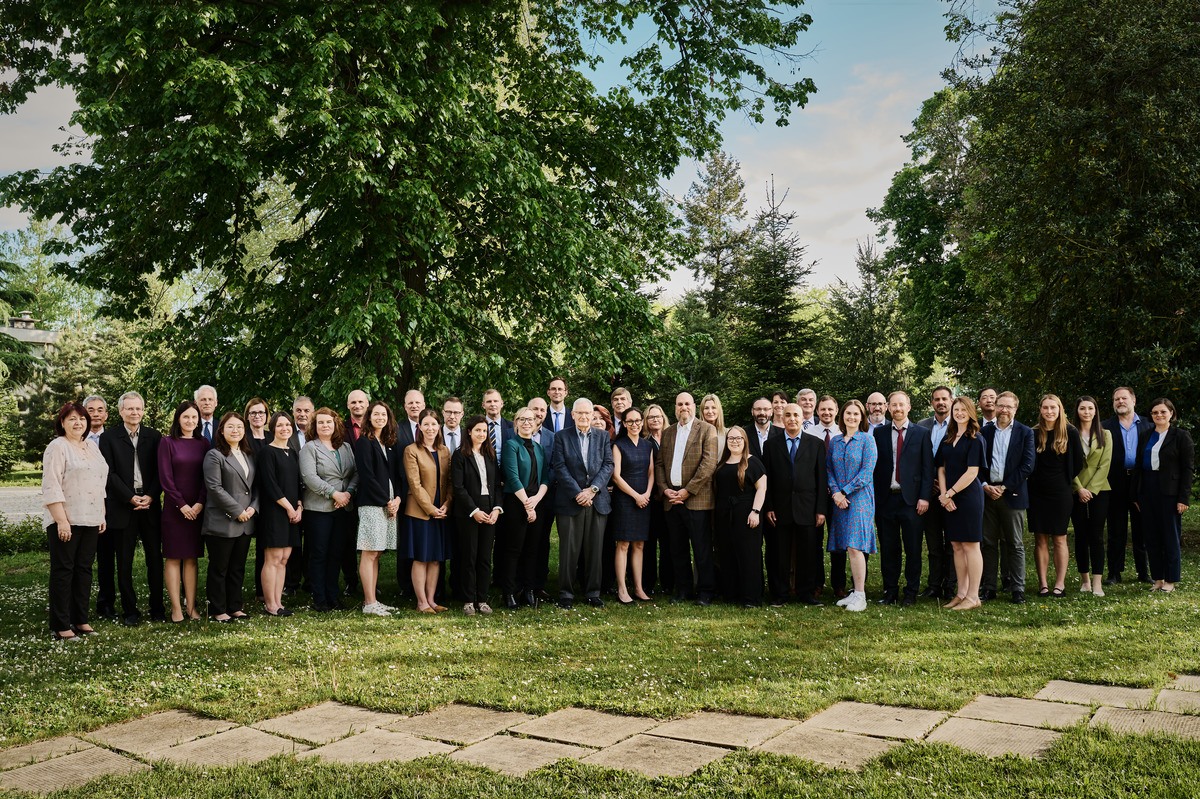Opening Remarks by NTI Co-Chair and CEO, Ernest J. Moniz at the Virtual Symposium of the International Partnership for Nuclear Disarmament Verification (IPNDV)
 Thank you, Michael and Undersecretary Jenkins, for those remarks, and thanks to all of our speakers and everyone in the audience today who is joining in support of this activity. NTI is honored to co–host this symposium with our partners at the Department of State and very pleased to participate in the International Partnership for Nuclear Disarmament Verification—IPNDV. We look forward to showcasing the truly innovative, groundbreaking work that the members have been doing together over the past six years.
Thank you, Michael and Undersecretary Jenkins, for those remarks, and thanks to all of our speakers and everyone in the audience today who is joining in support of this activity. NTI is honored to co–host this symposium with our partners at the Department of State and very pleased to participate in the International Partnership for Nuclear Disarmament Verification—IPNDV. We look forward to showcasing the truly innovative, groundbreaking work that the members have been doing together over the past six years.
We’ll hear from a diverse set of experts who have been leading the Partnership’s work on these verification challenges.
As Undersecretary Jenkins mentioned, the IPNDV began in 2014 when the U.S. Department of State announced that the U.S. government would lead an effort focused on bringing countries together to wrestle with the challenges of multilateral nuclear disarmament verification. The IPNDV’s work builds on and complements previous verification and monitoring initiatives, but it is unique.
- It involves states with and without nuclear weapons, as has been said – this is not uncontroversial at times, but it is key to charting a path for verification that will be trusted and sustainable.
- It incorporates technology at the beginning – speaking from experience, technical and policy perspectives don’t just compliment each other, but our approaches are more effective when these areas are intertwined.
- And it builds global capacity – More involvement in the substance means better policymaking, and it makes it more likely we will share a common understanding of how to reach our goals.
Those are core ideas behind IPNDV. The question on the table is: Is it working? Have we proved the hypothesis that brought the group together in 2014? I think
the answer is yes, we are making important progress, but we need to understand the collective response.
The bottom line is that the IPNDV is not just identifying the challenges associated with nuclear disarmament verification, it is developing a toolbox of potential solutions to address them.
During its first two years of work, the IPNDV identified 14 key steps in the nuclear weapons dismantlement lifecycle. Then, the Partners focused their analytical work on the most sensitive and complicated steps associated with monitoring the physical dismantlement of a warhead.
The Partners made a key judgment from this phase of work: While tough challenges remain, verified nuclear dismantlement is possible while also managing safety, security, and non–proliferation concerns. This was not a foregone conclusion at the beginning of our work, and it remains a touchstone for our efforts going forward.
Where the first phase of work identified a conceptual path forward, the second phase explored more detailed concepts, technologies, and procedures. The IPNDV effectively moved from “paper to practice” through a series of exercises and technology demonstrations. Such practical activities are the focus of this morning’s panel discussion.
Now in its third phase of work, the IPNDV is refining the verification toolkit, focusing on processes, procedures, techniques, and technologies. Partners are finding creative ways to engage, moving all the work to a virtual setting due to the COVID–19 pandemic. Nevertheless, two virtual disarmament verification exercises were successfully coordinated over the past year.
IPNDV partners have always recognized that this work is one piece of a larger puzzle. Throughout this process, Partners have engaged with other experts and groups addressing nuclear disarmament verification, including the UN Group of Governmental Experts. The IPNDV also published major technical and analytical products ahead of the planned 2020 NPT Review Conference. Tomorrow, this meeting will conclude with a discussion about how the IPNDV’s work fits into the broader context of disarmament.
Just as it has for all of us, the pandemic has affected how IPNDV partners work. Partners once met in person three times a year but shifted to virtual settings—sometimes at odd and inconvenient hours for various global participants. But the momentum has been maintained throughout these challenging times. I want to personally thank all of the IPNDV researchers, experts and diplomats for their hard work and commitment. I know all of us look forward to the time when meetings are again in–person.
This partnership has a strong future, built on active and engaged participation. Many individuals and countries have played key roles in the development of the goals and objectives of IPNDV, particularly colleagues from Australia, Canada, Germany, the Netherlands, Poland, Sweden, the United Kingdom, and the United States, who have co–chaired working groups.
I’d also like to recognize the governments of Canada, Norway, and the Netherlands for providing critical funding over the years to support the IPNDV’s work and outreach.
Despite the progress, we still have a lot of work to do. Together, we’ll continue to answer some very tough questions, build and diversify international capacity and expertise, and be poised for a future when we are monitoring and verifying nuclear weapons reductions.
Thank you.





